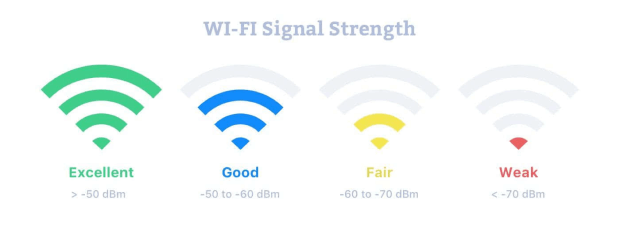
The definitions of ‘lengthy-term and Unique Press ‘quick-term fluctuate from character to person, and consequently, I’m satisfied you clearly stated what you meant by using the phrase ‘quick-term.’ You’re proper; 2 years have to be taken into consideration as a quick-time period duration for mutual fund Investment purposes.
Most effective Investment time frames, which might be longer than five years, can start to be taken into consideration as a long-term period in a significant way. And to reply to your question, for a 2-year time frame, you ought to Handiest put money into the debt price range.
Hybrid funds (with each fairness and debt jumbled together) could be unstable for one of these short-term bodies. Within the debt budget, too, you should pick a much less unstable debt price range along with those inside the short-term class (funds that invest in a portfolio of debt units with a median of three-12 months in length).
You could spend money on a budget from the liquid, extremely short time period, and quick-time period price range on your portfolio. Finances, inclusive of UTI short-term Profits fund and Tata short-term Bond Fund, will suit the bill nicely for you, Cloud Light.
I am 33 years old and want to begin constructing a retirement corpus. Which mutual price range have I put money into for this, and what does my Investment plan need to be with these?
—Prachi Sharma
As a younger man or woman with 20-25 years to go for retirement, you should invest aggressively in the equity market to construct your Investment corpus. The critical thing to bear in mind, even though, could be to no longer let brief-term market actions motivate you to disrupt the method in between. Markets will maintain shifting up and down; however, if you step returned and watch the boom of your portfolio, you’ll see over the years that the lengthy-time period arc continues bending upwards, in sync with the growing Indian economy.
Related Articles :
- What Finances 2017 can do to facilitate funding, trading in fairness, mutual budget: Professionals
- 2 Brazilian Corporations Are Said to Be Settling Bribery Case
- What Is the Difference Between Investing and Trading?
- Election Commission to invite the I-T government to inspect the finances of 200 events
- A virtual push to assist small buyers in keeping up to forty-six per cent in tax, the government says
Your plan needs to be to begin investing in a handful of fairness price range across marketplace segments systematically (an amount of money every month spread over a four-five-year budget) and maintain this Funding habit going and developing (by way of increasing the monthly amount by a touch each year).
As an instance, if you are starting with a Rs10,000 consistent with monthly Systematic Investment plan (SIP), You can make investments of Rs4,000 in Franklin India Bluechip fund (a huge cap fund), Rs3,000 in Mirae Asset India Possibilities fund (an assorted fund), and Rs1,500 every in ICICI Pru Fee Discovery fund and HDFC Mid-cap Possibilities fund (mid-cap price range). You may preserve these proportions identical and boost your typical SIP quantity by using, say, Rs2,000 each 12 months.
If you do this and keep up with such a slight growth yearly, you’ll grow to have a neat retirement corpus over Rs2 crore in twenty years (assuming an extended-term period go back to 12% per year compounded).
Do I want to know whether I can get a tax benefit for investing in any equity mutual fund apart from the equity-related savings scheme (ELSS)?
—Rashi Ahirwar
Tax deduction benefits for mutual fund investments are in two classes – one is the ELSS funds class, as you mentioned. Other than this, there’s additionally the Rajiv Gandhi equity financial savings Scheme (RGESS) class, in which investments insure exchange-traded funds (ETFs) qualify for tax deductions as much as Rs50,000.













